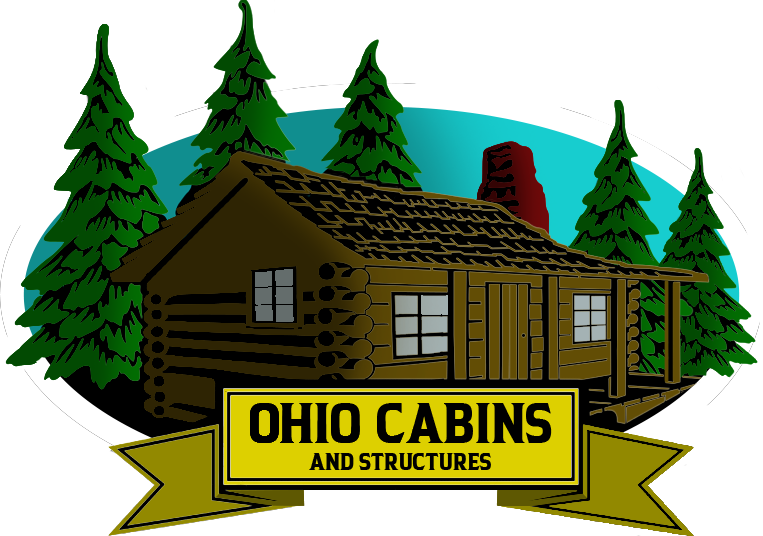People often confuse modular homes with mobile homes because both fall into the category of factory-built housing. Even though they share some similarities, they follow different construction standards, offer different levels of durability, and provide very different long-term value. Understanding these differences helps homeowners choose the best option for their budget, land, and lifestyle. At Ohio Cabin and Structures, many customers ask about these two home types, especially when exploring affordable housing or rural property development.
Modular homes and mobile homes are not the same. They differ in how builders construct them, how building codes regulate them, and how they perform over time. Modular homes align more closely with traditional site-built homes, while mobile homes use a different construction classification. These differences affect everything from energy efficiency to financing. Once you understand how these homes vary, you can make a more informed decision.
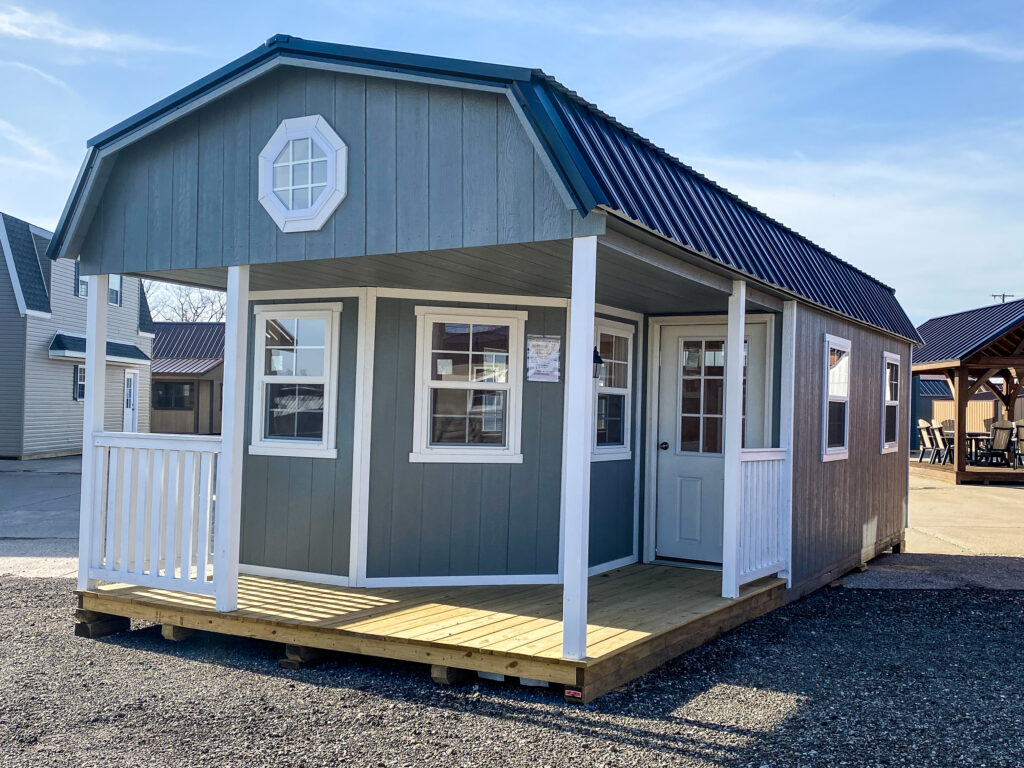
What Set Modular Homes Apart
Manufacturers build modular homes in climate-controlled factories. They create sections called modules, and each module meets local and state building codes. After completion, the builder transports these modules to the customer’s lot, where they assemble them on a permanent foundation. Once placed, a modular home behaves like a traditional house in strength and lifespan.
Modular construction allows for speed, precision, and strong quality control. The home leaves the factory with framing, insulation, plumbing, electrical systems, and interior finishes already complete. Because the structure does not sit outside during construction, it avoids moisture and weather damage. Many buyers choose modular homes for their durability and consistent quality.
How Mobile Homes Differ
Mobile homes follow a separate construction standard. Manufacturers build them on a steel chassis and classify them as HUD code homes. Instead of local building codes, they follow one national code established in 1976. They are also known as manufactured homes, and they are designed to move at least once, although many owners place them permanently after delivery.
The steel-frame chassis stays with the home throughout its life. This feature makes transportation possible but also changes how the structure behaves. Because mobile homes do not attach to a permanent foundation the same way modular homes do, lenders and local authorities treat them differently.
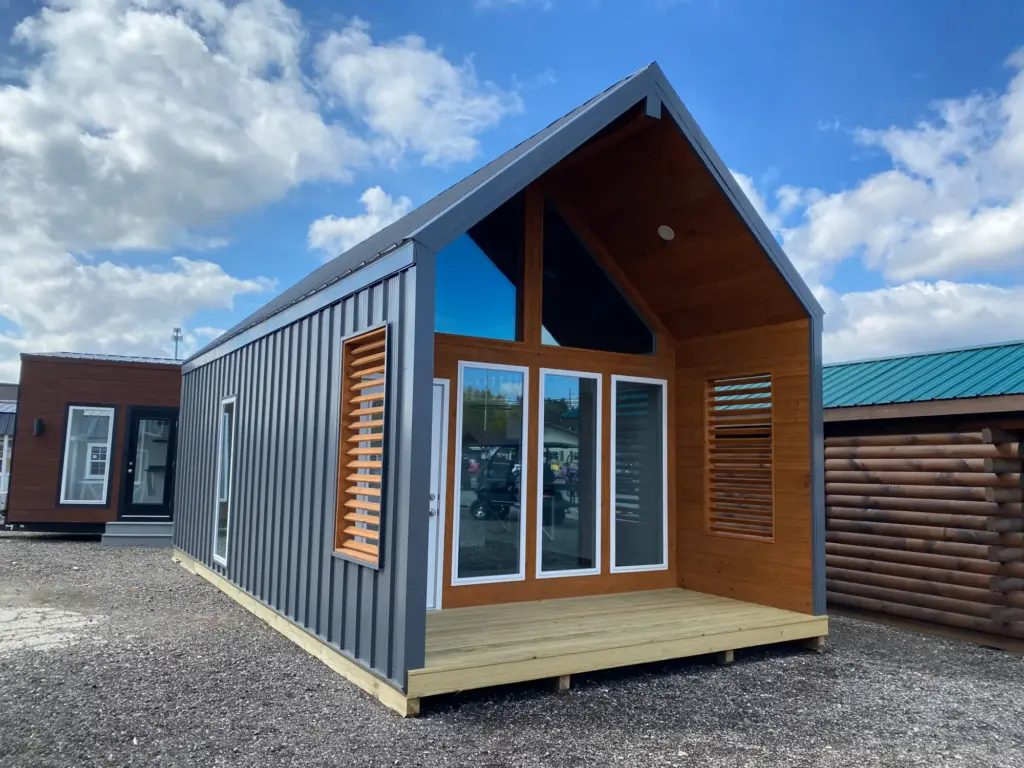
Building Codes and Regulations
Modular homes follow the same building codes as traditional homes. This means they meet structural requirements for snow loads, wind resistance, plumbing, electrical work, and insulation. Builders must pass inspections at both the factory and the job site. These codes ensure safety, durability, and long-term performance.
Mobile homes follow the HUD code, which sets national standards for construction but does not match the stricter requirements of local building codes. This difference matters when choosing land, installing utilities, or planning long-term living. To explore more about how modular construction aligns with traditional building methods, visit our modular homes comparison page.
Permanent Foundations vs. Chassis
Modular homes sit on permanent foundations such as basements, crawl spaces, or slabs. Once installed, the home cannot be moved again without major reconstruction. The permanent foundation provides strength and stability. It also improves insulation and protects the home from moisture in the soil.
Mobile homes typically sit on piers, metal jacks, or temporary foundations. Tie-downs secure the home to the ground, but the steel frame stays under the structure. Even when set up permanently, the home still follows manufactured housing rules because of the chassis. This difference affects financing, property taxes, and long-term value.
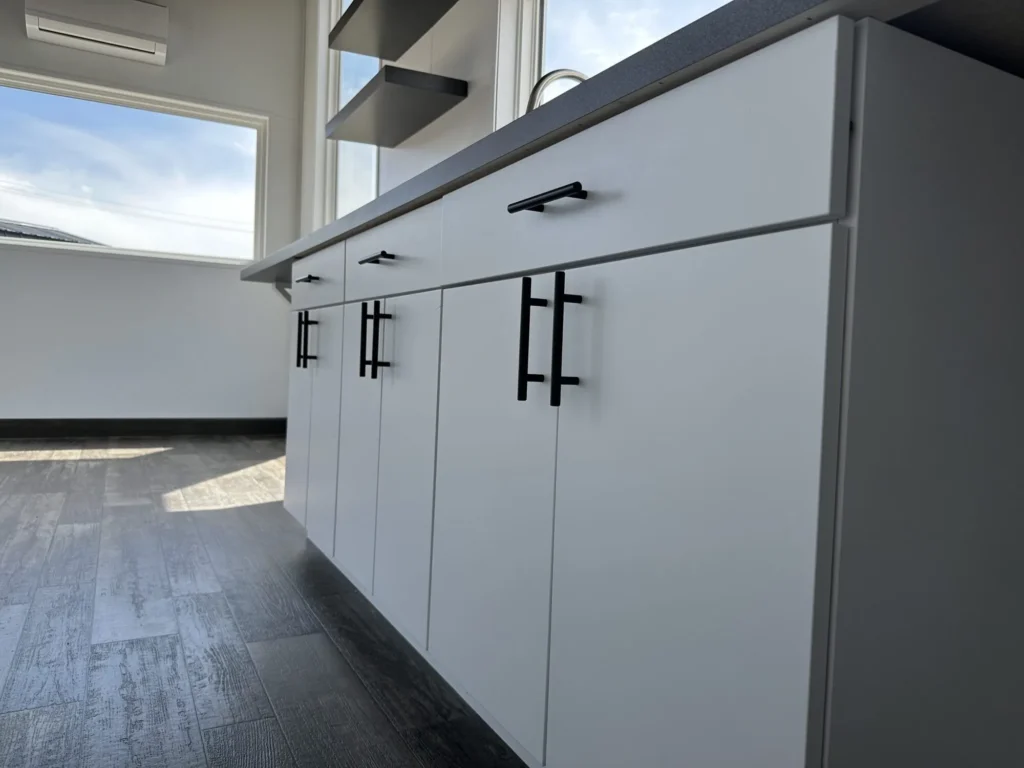
Energy Efficiency Differences
Modular homes support thick insulation, high-efficiency windows, and modern HVAC systems. Because they follow residential building codes, they meet strict energy performance standards. This results in stable indoor temperatures and reduced heating and cooling costs.
Mobile homes vary in efficiency based on model year and construction quality. Homes built after certain HUD updates offer better insulation and window quality. Still, they do not usually match the energy efficiency of modular design. The HUD code requires basic energy standards, but it does not match the depth of local residential codes. You can read more about building energy performance in this building efficiency overview.
The Lifespan of Each Type
Modular homes last as long as traditional homes because of their materials and foundation strength. Many stay in excellent shape for decades. Some last longer than stick-built homes because they avoid early weather exposure during construction. Their durability supports long-term use and strong resale value.
Mobile homes have a shorter average lifespan. Many last twenty to thirty years with proper care, although some last longer. Because the frame does not sit on a permanent foundation, wear and structural stress occur more quickly. Heat and moisture movement also affect long-term performance.
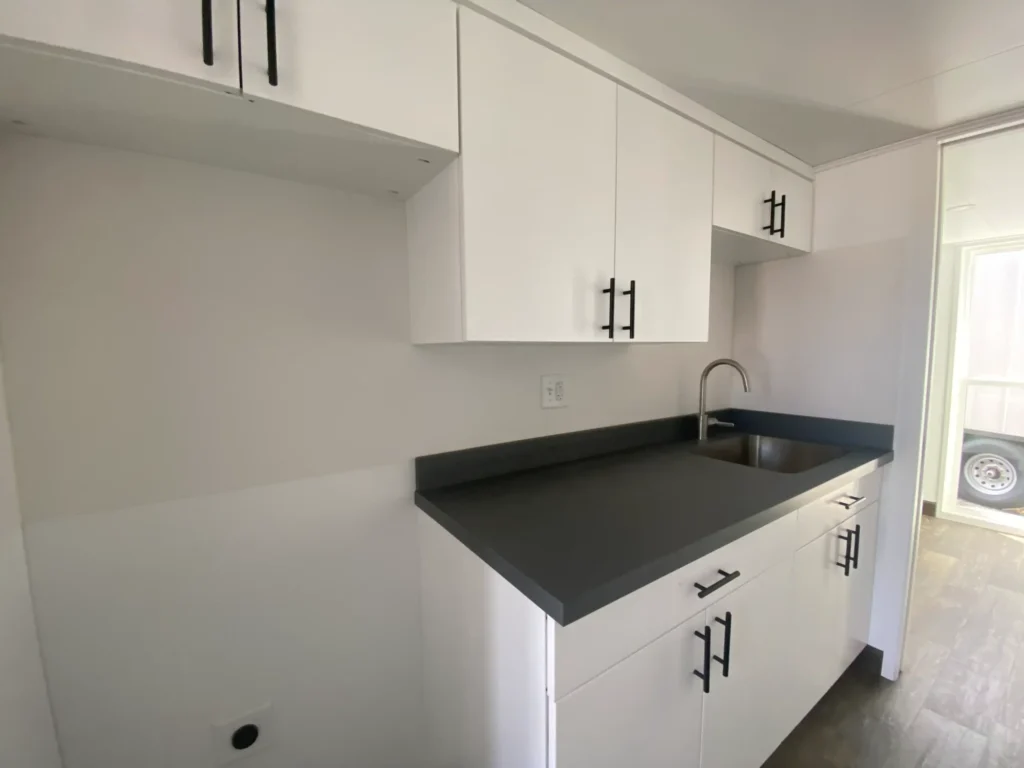
Financing Options and Property Value
Lenders treat modular homes like traditional houses. Buyers can use standard mortgages and gain access to competitive interest rates. Appraisers consider modular homes real property because they sit on permanent foundations. This makes them easier to finance and refinance.
Mobile homes require different loan options. Many mobile homes qualify for chattel loans, which often carry higher interest rates. These loans resemble vehicle financing rather than real estate financing. Only certain models placed on approved permanent foundations may qualify for traditional mortgages. This difference affects long-term affordability and resale value.
Resale Value and Appreciation
Modular homes usually appreciate in value because they share the same construction quality and permanence as site-built homes. They follow local building codes, and buyers see them as long-term investments. Their strength and quality make them attractive on the housing market.
Mobile homes often depreciate unless placed on owned land with upgrades and maintenance. The home structure, loan type, and construction classification influence resale value. While well-kept mobile homes can retain some value, they rarely appreciate at the same rate as modular homes.
Customization and Design Flexibility
Modular home designs offer extensive customization. Buyers can choose interior layouts, rooflines, exterior materials, and room sizes. Because builders assemble modules like building blocks, the home can expand with additions or optional features. Many owners enjoy the high level of personalization available with modular construction.
Mobile homes offer limited customization. Because manufacturers build them as complete units, buyers usually select from preset floor plans. Some upgrades are available, but the structure cannot change after delivery. This limits expansion and long-term design flexibility.
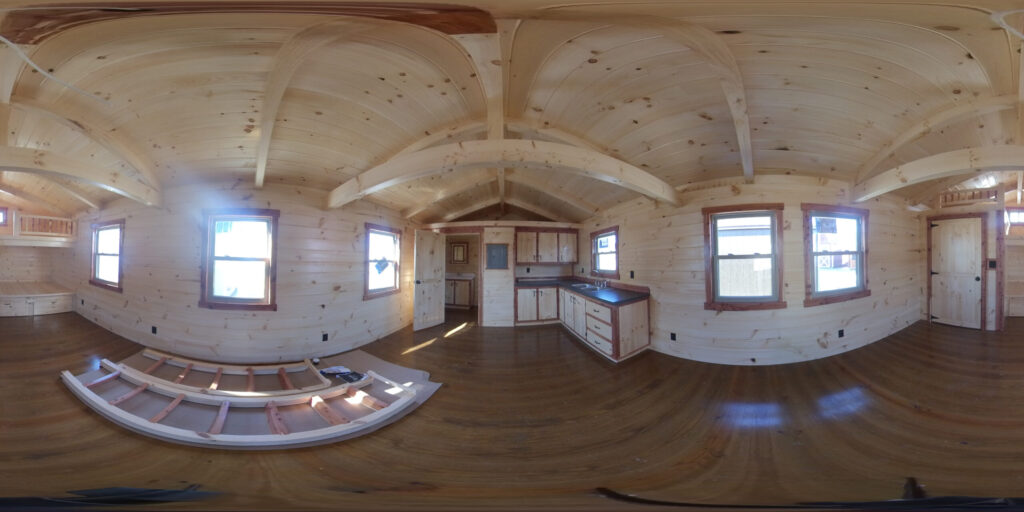
Durability in Harsh Weather
Modular homes withstand harsh weather well because they follow residential building codes. Snow loads, wind resistance, and structural support all follow strict guidelines. Many modular homes outperform traditional homes during storms because factory construction eliminates errors caused by outdoor building conditions.
Mobile homes can perform well in moderate weather but require tie-downs and anchoring in windy regions. The chassis and lighter structure create limits in extreme conditions. Some improvements exist in newer manufactured homes, but they still follow different safety standards.
Setup and Installation
Modular homes require professional setup and foundation work. Once transported to the site, builders assemble the modules, seal joints, and connect utilities. The home becomes a permanent structure ready for inspection and occupancy. This process creates a stable and long-lasting home.
Mobile homes require leveling, blocking, and anchoring. Installers connect utilities and secure the home using tie-downs. While setup costs less, the home does not achieve the same permanent construction benefits that modular homes provide.
Property Placement and Zoning
Many local zoning rules treat modular homes the same as traditional houses. This expands placement options and supports long-term property development. Modular homes often qualify for residential neighborhoods, rural lots, and agricultural land.
Mobile homes face zoning restrictions in many areas. Some communities limit where manufactured homes can be placed or require specific foundations. Buyers must review local rules before selecting a location. These restrictions influence land choice and long-term planning.
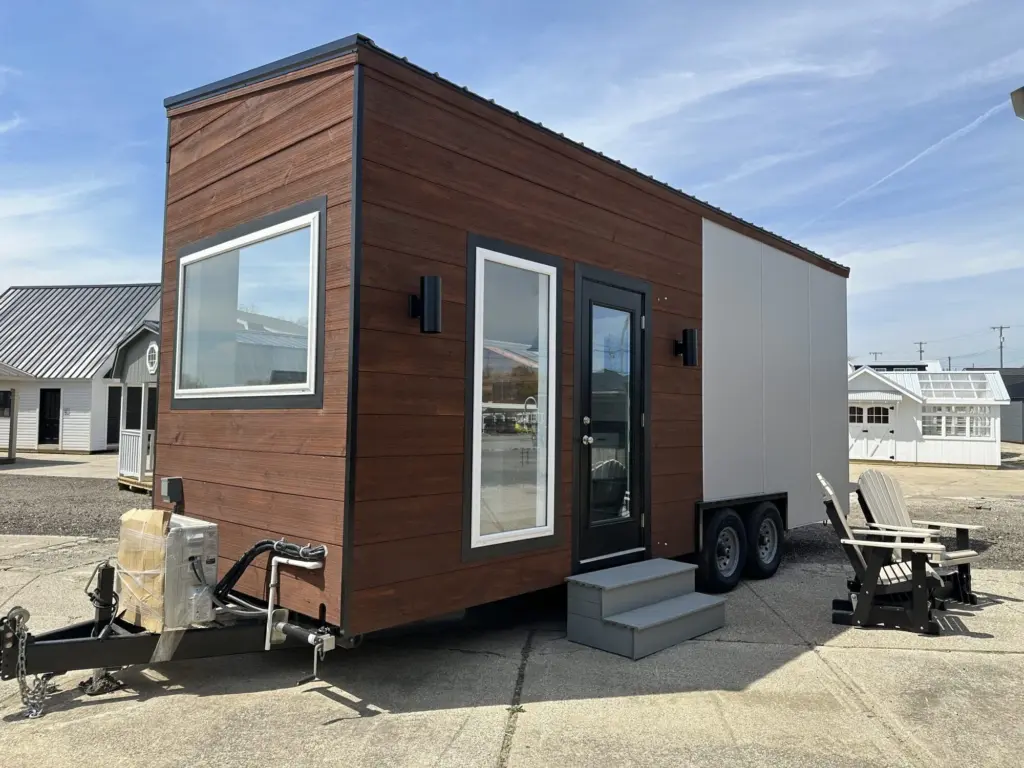
Maintenance Requirements
Modular homes use durable materials and benefit from strong structural design. Because the home attaches to a permanent foundation, maintenance needs remain predictable. Routine care such as roof inspections, HVAC service, and exterior cleaning keeps these homes in good condition for decades.
Mobile homes require more frequent checks for leveling, tie-down tension, underbelly moisture, and skirting damage. The structure reacts more to movement and weather changes. Regular adjustment and inspection help extend the life of the home.
Which Option Fits Your Lifestyle
Modular homes suit families, long-term homeowners, and buyers who want a strong investment. They offer full-size comfort and match traditional housing in performance and durability. Their ability to appreciate in value also makes them a practical long-term choice.
Mobile homes suit buyers who want affordability and fast setup. They work well as temporary housing or as budget-friendly living solutions. They serve many homeowners well, but they do not offer the same lasting value as modular homes.
Final Thoughts
Modular and mobile homes may share factory-built origins, but they serve different needs and lifestyles. Modular homes offer strength, long-term value, and traditional construction benefits. Mobile homes offer affordability and convenience. Understanding these differences helps you choose the right home for your goals. To explore modular options and speak with a housing expert, visit Ohio Cabin and Structures and learn more about factory-built homes that match your needs.
